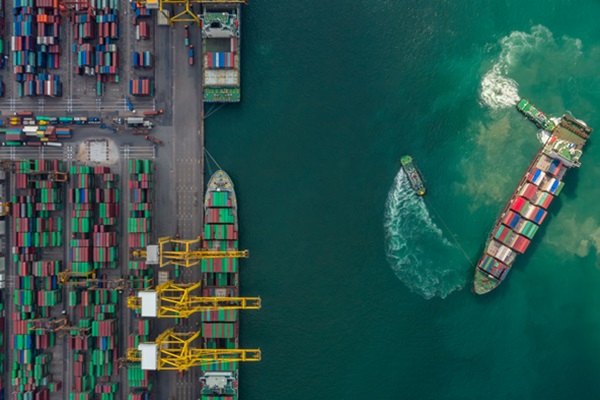.png)

Ajay Srivastava, founder of Global Trade Research Initiative, is an ex-Indian Trade Service officer with expertise in WTO and FTA negotiations.
May 18, 2025 at 7:02 AM IST
On May 17, India restricted imports worth $770 million from Bangladesh, covering nearly 42% of bilateral imports. Key goods such as garments, processed foods, and plastic items are now limited to select sea ports or barred from land routes entirely.
The move may be in response to Bangladesh’s recent restrictions on Indian yarn, rice, and other goods, as well as the imposition of a transit fee on Indian cargo—a departure from past cooperation. But beneath the trade dispute lies a broader geopolitical recalibration.
Bangladesh’s shift away from India and towards China coincides with political upheaval at home. The fall of Sheikh Hasina’s pro-India government in mid-2024 and the rise of an interim administration under Muhammad Yunus have brought a willingness to align with Beijing.
Yunus’s visit to China in March 2025 yielded $2.1 billion in new investments and cooperation agreements. China's involvement in sensitive infrastructure projects like the Teesta River development marks a growing strategic footprint—posing a direct challenge to India’s influence in the region.
This trade measure did not emerge in isolation. Since late 2024, Bangladesh has imposed a series of restrictions on Indian exports.
These include an April 2025 ban on Indian yarn imports through five major land ports, tighter curbs on rice shipments, and import bans on dozens of Indian goods—from paper and tobacco to fish and powdered milk.
Adding to the friction, Dhaka introduced a transit fee of 1.8 taka per tonne per kilometre on Indian goods moving through its territory. These cumulative actions, along with operational delays and tightened port inspections, have hampered Indian exporters and triggered calls for a calibrated response.
Textile and More
The most significant item affected is ready-made garments, a cornerstone of Bangladesh’s export economy. These imports, valued at $618 million between April 2024 and February 2025, are now allowed entry only through India’s seaports at Nhava Sheva and Kolkata—shutting off land-based access routes that previously accounted for a large share of trade.
Top global brands such as H&M, Zara, Primark, Uniqlo, and Walmart source apparel from Bangladesh, some of which enters India’s domestic market. Indian manufacturers have long expressed concern over the uneven playing field: they pay a 5% GST on locally sourced fabric, while Bangladeshi firms import fabric duty-free from China and receive export incentives for sales to India—giving them an estimated 10–15% price advantage.
Other affected categories include fruit-flavoured carbonated drinks, processed foods, cotton and cotton yarn waste, plastic and PVC finished goods, and wooden furniture. These items, worth $153 million collectively, are now barred from entry through any land customs stations in India’s northeast or key posts in West Bengal like Changrabandha and Fulbari.
While the move exempts fish, LPG, edible oil, and crushed stone, its impact is expected to be substantial.
Room for Reconciliation
India’s port restrictions are not just about trade—they reflect a shift in regional power dynamics, where economic decisions are now being used as tools of foreign policy.
Still, the India-Bangladesh relationship is not beyond repair. Both sides have shared deep historical, cultural, and economic ties, and while current tensions have strained the partnership, they can be overcome. Bangladesh remains one of India’s top trading partners in South Asia, and the two countries have common goals in areas like regional stability, cross-border connectivity, and economic growth.
Even as Dhaka moves closer to Beijing, India should not shut the door to dialogue. As the bigger neighbour and regional power, India has a greater responsibility to lead with patience, keep communication open, and avoid using trade as a weapon. Rebuilding trust through diplomacy and economic cooperation is still possible.




